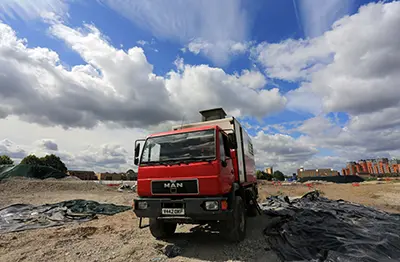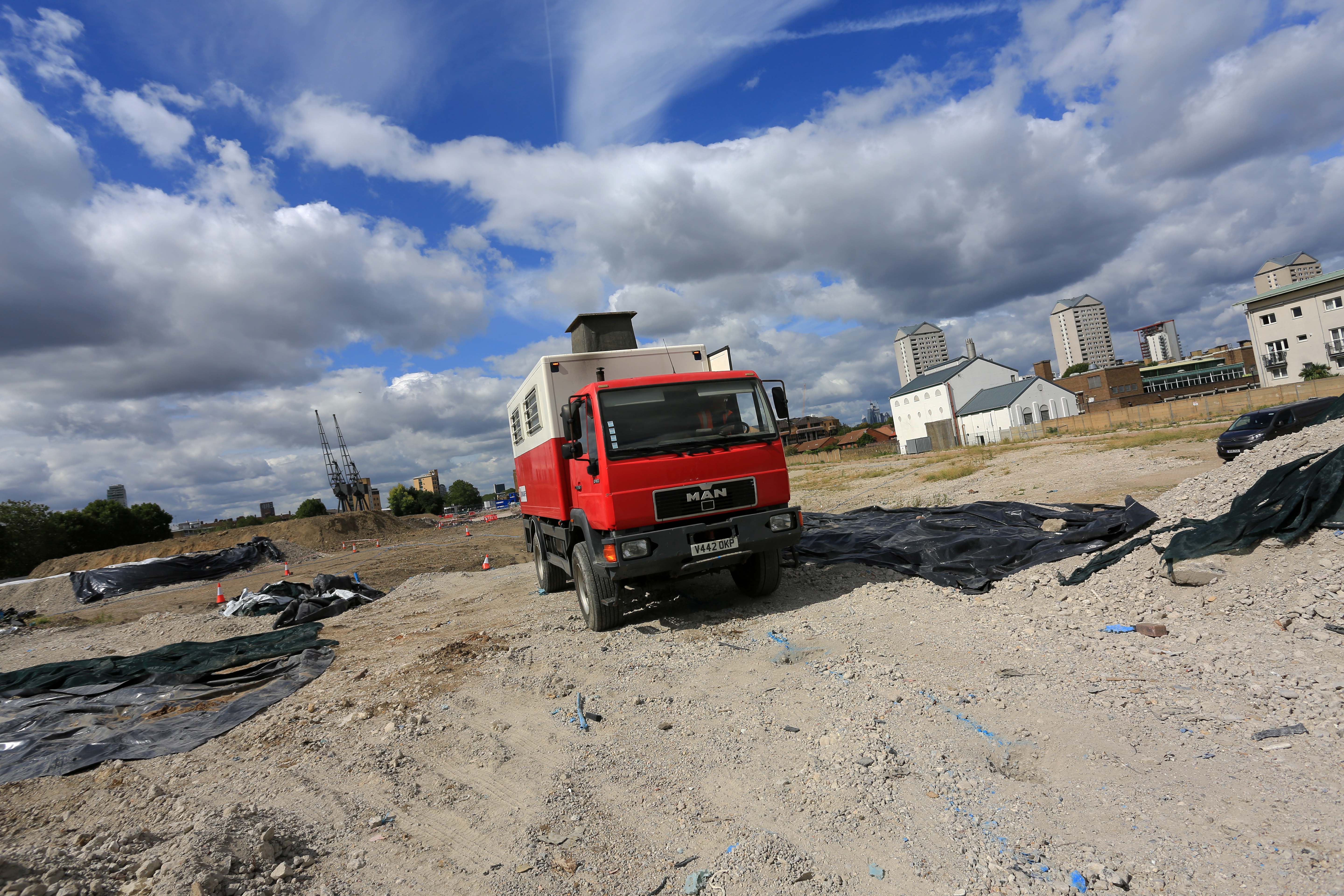UXO risk mitigation strategy for UK constructor
Igne delivered a comprehensive unexploded ordnance (UXO) risk mitigation strategy for a UK constructor working on a former MoD site.
UXO risk mitigation for UK constructors
A new housing development was proposed on the site of a former Central Armaments Depot in the UK.
Igne was employed as the principal site contractor to develop and implement a comprehensive unexploded ordnance (UXO) risk mitigation strategy for the project - which also included ecological surveys, demolition of derelict buildings and ground remediation.
Conventional and chemical munition contamination
The site originally opened in 1918 as Britain’s only central armaments depot. Post WWI, various types of munitions, including grenades, mortar bombs, artillery shells and containers filled with chemical agents (mustard gas, tear gas and phosgene), were brought to the site from WWI battle areas for disposal.
The site was also used later as a proving ground for experimental munitions.
Clearly, considering the foregoing, the site was assessed as high risk from UXO for both conventional and chemical munitions.
Igne's UXO risk mitigation strategy:
• Provide explosive ordnance disposal expert supervision (a watching brief) during building demolition work to ensure if any suspicious item was found, appropriate action was taken.
• Remediation of a burning pit that had been used to dispose of unexploded ordnance in the past.
• Multi-sensor / technology non-intrusive survey to interrogate the ground in case of buried unexploded ordnance.
• Target assessment and investigation. This followed the non-intrusive surveys at each location of suspicion.
• UXO assessment (X-ray) and disposal on site
• Disposal of UXO on site where possible and practicable.
• Removal of UXO from site for subsequent disposal where items were unsuitable for demolition in situ.
• Full clearance of the entire site from all explosive risks and other threats to a depth of 3 metres.
A total of over 30,000 items of ordnance were recovered (of which over 8% were live) including eight items of chemical ordnance.
The land was then released for development by Igne.
Other articles of interest

How Igne battled birds and bombs in the Orkney Islands
In 2020, Igne's UK land team took on an atypical project in the Orkney Islands. While the services provided were normal (UXO risk mitigation ), some extra requirements brought a fresh challenge.

UXO disposal for construction company in Scotland
Igne developed and implemented a comprehensive unexploded ordnance (UXO) risk mitigation strategy for a development project on a former RAF site.


